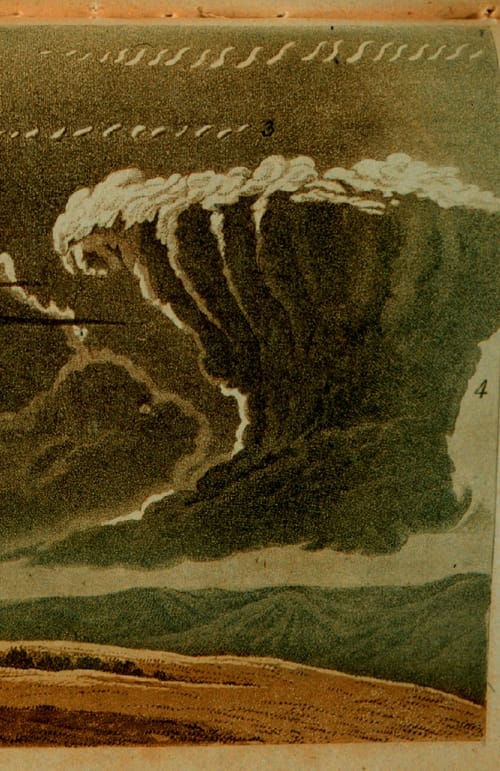Last week, I finished an essay about platform design affordances and content moderation expectations and community-level context collapse on Bluesky for Tech Policy Press and set it aside to cool before a last read-through. An hour later, the Trump administration brought to Bluesky a propaganda-zombie army made up of the husks of crucial federal agency communication channels.
So I rewrote the piece, and now it’s up. And it still includes a lot of non–White House material about what I think is going on a Bluesky:
As a result of close connections between changes at Twitter and the growth of Bluesky’s user base, there’s a mismatch between what Bluesky appeared to many people to be—essentially, Twitter minus Elon Musk—and what the platform actually is and does. The problem, for many users, is twofold: First, the platform’s design affordances look the same as those on familiar closed networks, but it’s actually something else entirely. Second, the company’s commitment to doing moderation at all seems to have led many people to believe that it would do high-context, firmly progressive, community-style centralized moderation of the growing global platform, which it isn’t.
I’m sympathetic at a cellular level to the complaints of the communities who want and need safer places to be together. I’m also still stuck believing that big-world global platforms are never going to provide those kinds of places. And also that we need the big-world layers to connect safer places together. I think the Bluesky crew and the broader AT Proto developer community—and fediverse folks I link to in the piece—are all doing work that is genuinely essential for the survival of open and democratic societies.
I tried to find a place in the Bluesky piece to squeeze in a link to Ben Werdmuller’s great keynote at FediForum earlier this month, but I didn’t manage it. Fortunately, Ben is extremely fast and already wrote a post that connects the dots between his concerns and mine. Maybe it’s because Ben is so close to the news horrors at ProPublica and I am so close to them at Unbreaking that our nervous systems are in similar states, but I’ve never seen a tech talk get that clear that fast about the stakes we’re facing. Do watch it.
We need the open networks to be further along than they are, and the only way we get there is by supporting and encouraging people working hard toward better network futures. One more bit from the Bluesky essay:
It would have been better if the open networking sector had longer to build—just another year or two before Musk’s acquisition of Twitter or before the acceleration of the global authoritarian slide. But the ecosystems we have today offer plentiful ways for people who care about community self-governance to support the work of building out viable systems for high-context governance and connecting them together, by supporting efforts like Blacksky Algorithms and Northsky Social, which are building AT Protocol-based social networking stacks centering Black and 2SLGBTQIA+ communities, Bonfire Networks, which is building next-generation public-interest networking on the Activity Pub protocol, and A New Social, which is building bridges and migration services that connect people and communities across open networks.
I wish we’d had more time. But this is the world we have, and there’s so much to do.
Today, I helped update our Immigration timeline for Unbreaking; that update goes out tomorrow, and you can sign up for our weekly briefing at the bottom of the page if that’s something you’d like to have.
Thanks & notes
Enormous gratitude to the folks who have thrown in with me here, and especially to the ones who re-upped for another year. In the plainest terms, I could not do any of this thinking or building without your material and spiritual support. Someone I won’t name sent a one-time tip that covered a big chunk of my time right when I needed it last week and I was very tired and it made me cry. Thank you.
The image at the top of this post is a crop of an image NOAA’s digital collections and can still be found online, for now. It’s taken from Thomas Forster’s 1819 Untersuchung über die Wolken und andere Erscheinungen in der Atmosphäre, a study of clouds and other atmospheric phenomena. You can see the plate in its original context at kulterpool on page 313. Cumulonimbus clouds with anvil-shaped tops like the one depicted in the plate are stormclouds that tend to produce extremely gnarly weather.
